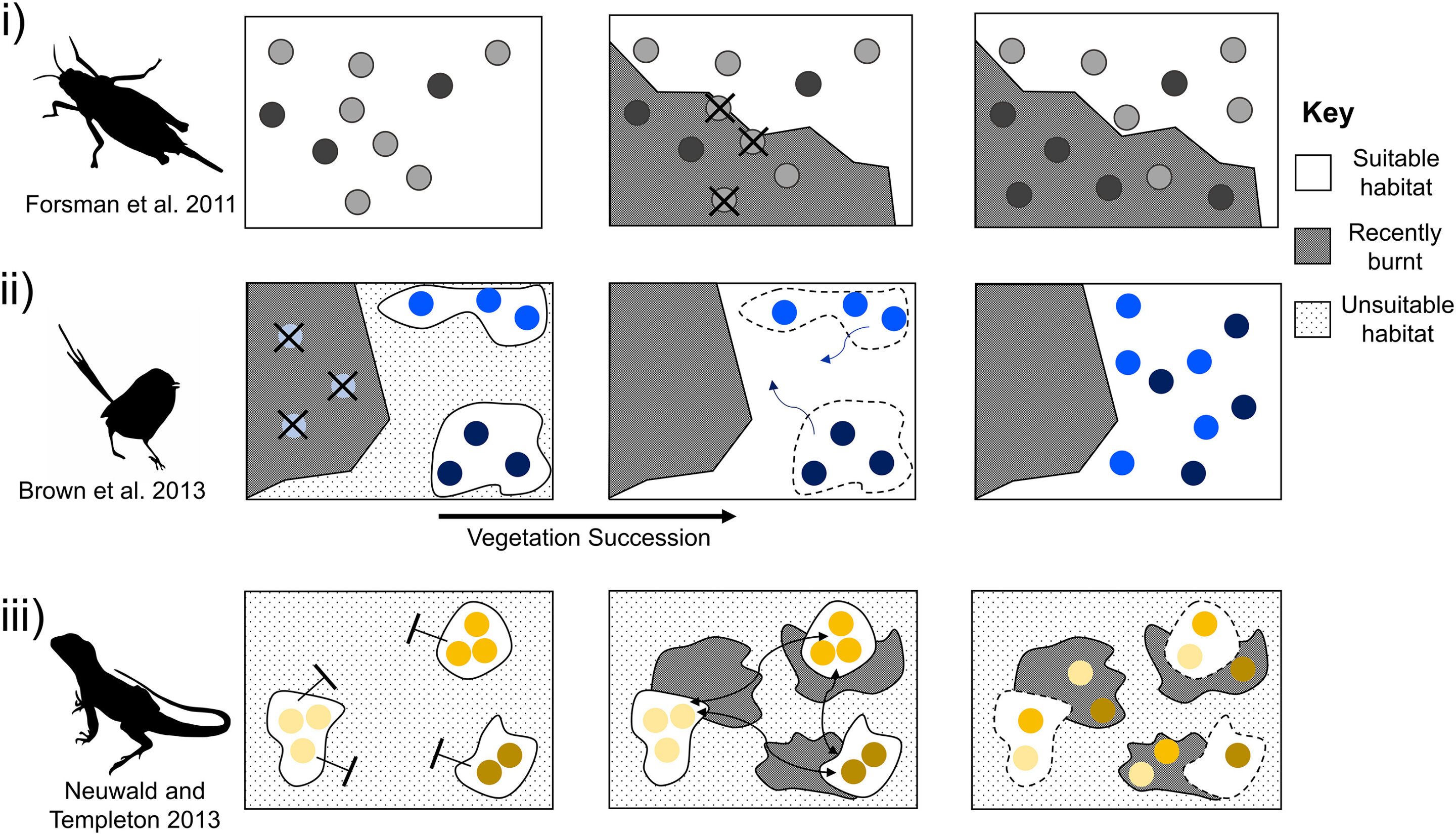Scientists from Monash University are advocating for the integration of genetic research into fire ecology to enhance the effectiveness of conservation management decisions.
This call to action follows a study conducted by researchers from the Monash University School of Biological Sciences, which demonstrates how both human-induced and natural fire regimes can impact the genetic patterns of animals.
The study, published in Biological Conservation, was led by Professor David Chapple, Associate Professor Jane Melville, and Ph.D. candidate Jaclyn Harris.
The research team extensively reviewed global studies on the effects of fire regimes on genetic patterns of fauna by conducting a systematic literature search on the Web of Science in September 2021.
Jaclyn emphasized, “Local fire regimes play a significant role in shaping faunal diversity and demographic trends.”
With fire regimes undergoing changes worldwide due to human activities and climate change, understanding the full extent of their impact has become increasingly crucial.
“There is significant conservation value in using genetic or genomic studies to understand how fire affects endangered species,” she added.
Existing research primarily focuses on the consequences of fire regimes on species abundance and diversity, with limited understanding of their genetic implications.
Jaclyn further explained, “Our study revealed that different fire regimes have the potential to cause various genetic patterns by influencing natural selection, survival and reproduction strategies, and dispersal mechanisms.”
Professor Chapple highlighted, “Despite limited empirical research on the topic, our findings demonstrate that fire regimes can alter the genetic patterns of fauna at the individual, population, and meta-population levels.”
He also emphasized the need to integrate genetic research into fire ecology to ensure well-informed management decisions.
The research team identified only 37 papers that empirically examined the genetic impact of fire on fauna or attributed genetic patterns to fire regimes.
“Inappropriate fire regimes can have detrimental effects on endangered species.” By incorporating genetic approaches, researchers can provide valuable insights to practitioners regarding how endangered animals respond to natural and human-induced fires.
More information: Jaclyn Harris et al, Genetic footprints of fire: Understanding the genetic implications of fire regimes for fauna and effective conservation strategies, Biological Conservation (2023). DOI: 10.1016/j.biocon.2023.110169
Citation: Fire regimes can change genetic patterns of animal species, study finds (2023, June 27) retrieved 27 June 2023 from https://phys.org/news/2023-06-regimes-genetic-patterns-animal-species.html
This document is subject to copyright. Apart from any fair dealing for the purpose of private study or research, no part may be reproduced without written permission. The content is provided for information purposes only.
Denial of responsibility! TechCodex is an automatic aggregator of the all world’s media. In each content, the hyperlink to the primary source is specified. All trademarks belong to their rightful owners, and all materials to their authors. For any complaint, please reach us at – [email protected]. We will take necessary action within 24 hours.

Jessica Irvine is a tech enthusiast specializing in gadgets. From smart home devices to cutting-edge electronics, Jessica explores the world of consumer tech, offering readers comprehensive reviews, hands-on experiences, and expert insights into the coolest and most innovative gadgets on the market.


